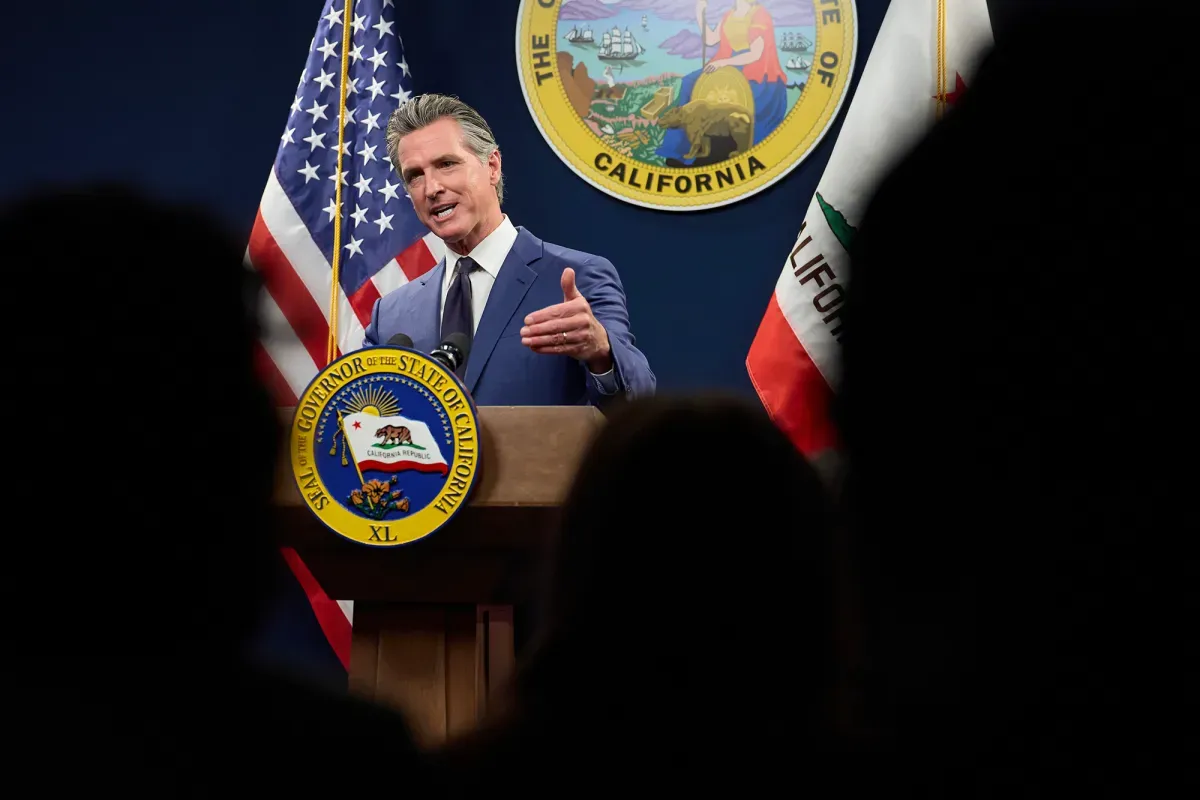California Plans Deep Cuts to Protect Social Safety Net Amid Budget Deficit

California is set to implement widespread cuts across state government operations, including prisons, housing programs, and healthcare workforce development, as part of a strategy to close a multibillion-dollar budget deficit while maintaining the state’s social safety net. This decision is part of a $297.9 billion spending plan announced by Governor Gavin Newsom, Senate President Pro Tem Mike McGuire, and Assembly Speaker Robert Rivas.
Budget Deficit and Strategic Cuts
The newly announced budget plan addresses a remaining revenue gap estimated at $56 billion over the next two years. The plan includes the use of reserves and pauses some business tax credits. “This agreement sets the state on a path for long-term fiscal stability — addressing the current shortfall and strengthening budget resilience down the road,” said Newsom. “We’re making sure to preserve programs that serve millions of Californians, including key funding for education, health care, expanded behavioral health services, and combating homelessness.”
Legislative Negotiations
The Legislature had passed a budget to meet a statutory deadline, but it did not represent a final deal with Newsom. Negotiations continued over key issues, including the repurposing of funds intended for healthcare providers and delaying minimum wage increases for healthcare workers. The final agreement, expected to be voted on next week, includes clawbacks of Medi-Cal provider rate increases and delays in healthcare wage hikes, potentially saving California hundreds of millions of dollars.
Key Reductions and Savings
The budget plan implements $16 billion in cuts, including a 7.95% reduction in funding for nearly all state departments and the elimination of thousands of vacant positions, collectively expected to save nearly $3.7 billion. The Department of Corrections and Rehabilitation will face an additional $385 million cut, significantly higher than what Newsom initially proposed.
Major reductions include
- $1.1 billion from various affordable housing programs
- $746 million for healthcare workforce development
- $500 million for student housing construction
- $110 million annually from a scholarship program for middle-class college students
Delayed Funding
More than $3 billion in previously promised funding will be delayed, affecting expansions of food benefits for undocumented immigrants, pay increases for providers who care for people with developmental disabilities, new subsidized child care slots, and broadband internet development.
Preserving Core Programs
Despite the cuts, the budget plan aims to protect core programs such as Medi-Cal expansion for all adults regardless of immigration status, increased funding for behavioral health, welfare grants, and supplemental income for seniors. Local governments will receive an additional $1 billion to address homelessness.
Education Funding
A proposed cut to school funding has been reduced after intense negotiations with education groups, resulting in a delay of about $5.5 billion in funding until future years. “The Assembly fought hard to protect the public services that matter most to Californians, and we are delivering a budget that prioritizes affordability and long-term stability,” Rivas said.
Long-term Fiscal Measures
To address the causes of the budget deficit, Newsom and the Legislature will pursue several measures. The proposed legislation, to be considered in August, will require the state to set aside a portion of future projected surpluses until the money is collected. A constitutional amendment may also be put before voters in 2026 to grow California’s main reserve account.
Utilizing the Rainy Day Fund
In the interim, California plans to draw more than $12 billion from its rainy day fund over the next two years. The state will also suspend the net operating loss for companies with more than $1 million in taxable income and limit business tax credits to $5 million annually, strategies previously employed during the height of the coronavirus pandemic, to raise nearly $15 billion in new revenue over the next three years.
Addressing the Challenges
“This is a tough budget year, but it isn’t the budget situation we were originally fearing,” McGuire said. “This balanced budget helps tackle some of our toughest challenges with resources to combat the homelessness crisis, investments in housing, and funding to fight wildfires and retail theft.”
California’s budget plan is a complex balancing act, aiming to ensure long-term fiscal stability while safeguarding essential services and addressing critical issues facing the state.
